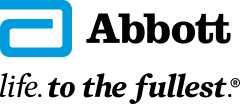Gravity Feeding
- Formula is placed in a container suspended above and flows down through the tube
- A clamp on the feeding set and the height of the bag control the feeding rate
- Formula is delivered into the tube by gravity. This method is slower than feeding with a syringe



